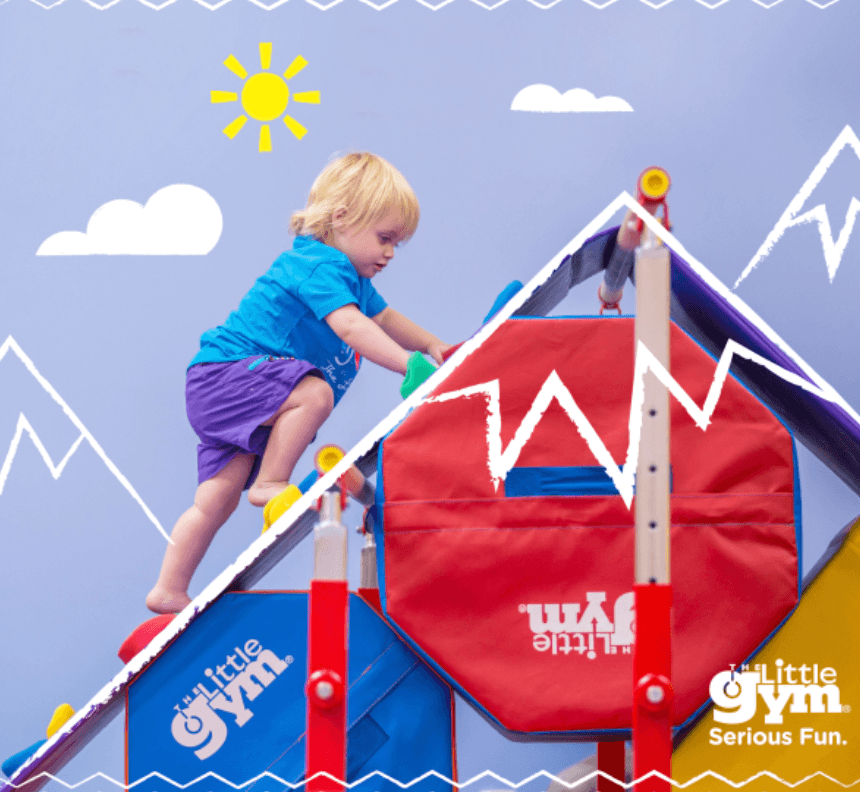<Back to news
15 May 2025
How to teach children to be independent
How to teach children to be independent

How to teach children to be independent
Giving children the opportunity to build, grow and foster their independence and self-esteem is not always an easy task. As parents and caregivers, we often lose sight of the importance of encouraging children to do things on their own. While it may take a little longer for your child to do things on their own, the benefits outweigh the risks. Check out these five tips to foster your child’s independence.
Offer them choices. Offering choices makes kids feel empowered and prepares them to make even bigger choices as they grow. Start with tasks like having your child share breakfast or choose lunch, for example: would you like a banana or an orange with your sandwich for lunch? Or let your child pick out their clothes each morning and offer 2 to 3 options.
Let your child struggle before you intervene. It is important for children to learn that some tasks can take effort and that you should keep trying until you succeed. Allowing your child to struggle will help them gain a sense of pride and will also help build confidence, self-esteem and independence.
Encourage risk taking. As a parent or caregiver, your most important job is to protect your children from harm. However, taking healthy risks can help your child develop critical thinking skills, confidence, and independence. Instead of provoking an attack when your child tries to climb a tree or go down the big slide, keep a close eye on your child and encourage him or her to keep going. If you feel your children are in danger, coach them and give safety tips instead of holding them back.
If your child can do something for themselves, let it. Children will naturally want to do things on their own, like put on their shoes, dress themselves, fasten their car seats, and much more. If your child is able to complete these tasks on their own, let them. While it may take your child a little longer to complete these tasks, you promote their independence by not intervening and often preventing a meltdown.
Assign them responsibilities. Children from the age of 2 can already take on tasks and responsibilities. These tasks can be as simple as putting their toys away to the tune of the ‘clean up song’, feeding pets and/or sweeping and mopping floors. Give children the opportunity to contribute to household chores. A University of Minnesota study found that children who were given chores from the age of three or four had more success as adults. That’s a skill we can get behind!
Kids can also benefit from interacting with others while learning new skills or creating new social networks, like the one at The Little Gym!
Click here for more information and to find a location near you.
http://amsterdam.thelittlegym.eu/blog/2023/04/05/how-to-teach-children-to-be-independent